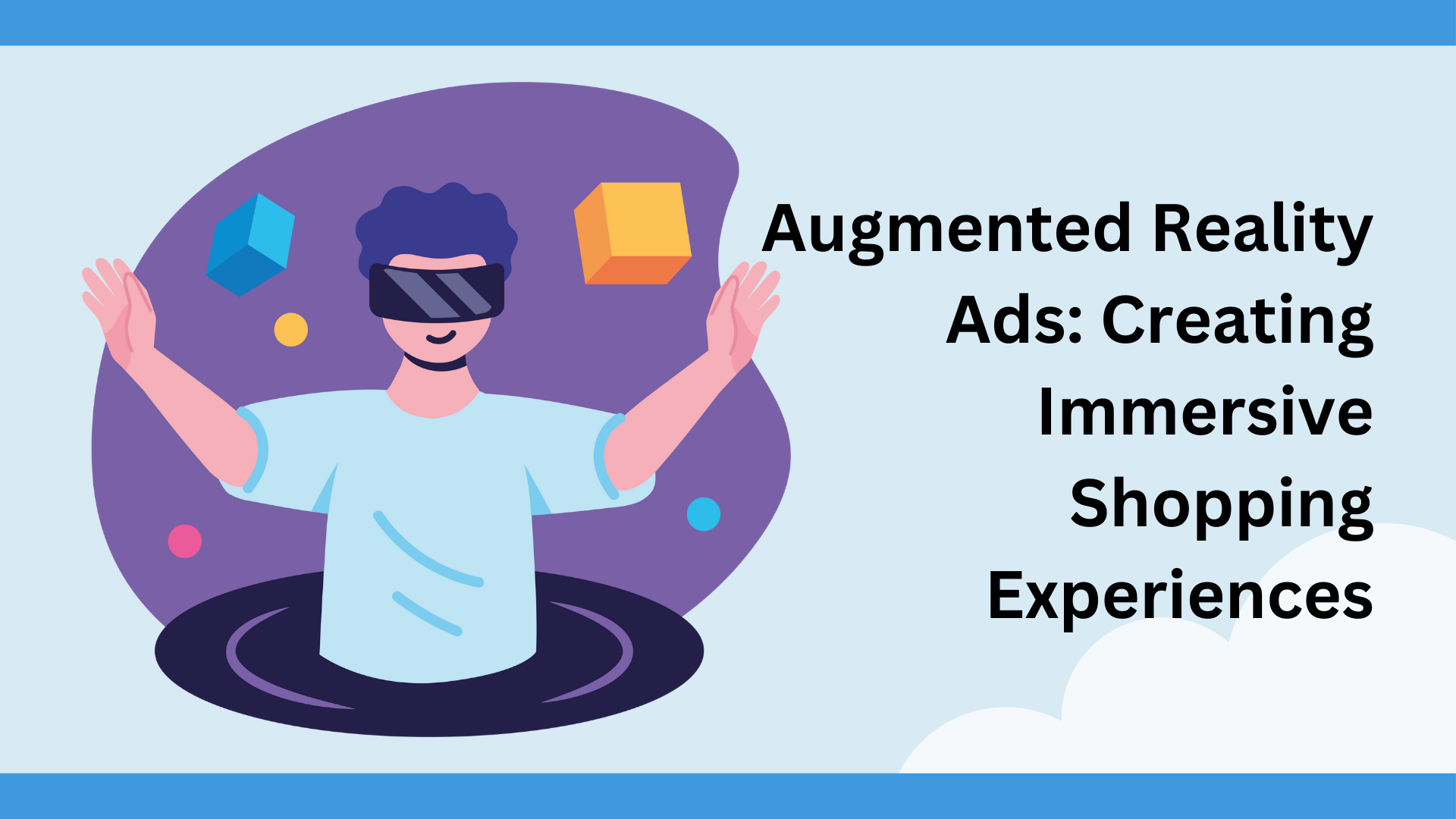In today’s digital landscape, brands are engaged in a never-ending battle for your attention. And with the levels of hype at an all-time high around almost everything, standing out is harder than ever. Enter augmented reality ads—a game-changing innovation that fuses the physical and digital worlds, transforming shopping experiences into something immersive and unforgettable.
Why Augmented Reality Ads Are Game-Changing
Traditional ads can only do so much. They rely on static images or videos to convey a message. While effective, they don’t engage consumers on the deeper, interactive level they now expect. Augmented reality (AR) bridges this gap by offering an immersive shopping experience, enabling users to visualize products in real-world settings directly from their smartphones or other devices.
Think about it: AR lets users visualize items in their real-world spaces, directly from their devices. Furniture brands like IKEA have nailed this, allowing customers to virtually place couches or tables in their living rooms through an app. Shoppers gain confidence in their decisions, and brands see fewer returns. No-brainer.
Key AR Advertising Trends to Watch
Try-Before-You-Buy Experiences: Consumers can now virtually try on clothes, makeup, or accessories before purchasing. According to a study by eMarketer, 71% of consumers would shop more often if AR were available. Beauty giant Sephora has capitalized on this trend with its Virtual Artist app, allowing users to experiment with different looks from the comfort of their homes.
Interactive Storytelling: AR ads offer unparalleled opportunities for storytelling. Imagine pointing your phone at a print ad and watching a product demo unfold in 3D. This blend of physical and digital advertising captures attention while leaving a lasting impression.
Social Media Integration: Platforms like Instagram and Snapchat are leading the AR revolution with filters and interactive ad formats. Snapchat reports that AR ads are 30% more engaging than traditional digital ads, showcasing their effectiveness in driving brand engagement.
The Numbers Speak for Themselves
- Consumer Demand: A 2023 report by Statista reveals that the AR advertising market is projected to reach $8.8 billion by 2028, growing at a compound annual growth rate (CAGR) of 30%.
- Engagement Boost: According to Deloitte, brands using AR experiences see a 94% higher conversion rate compared to non-AR campaigns.
- Enhanced Retention: Studies show that AR ads increase information retention by 70% compared to traditional formats, making them a powerful tool for long-term brand awareness.
How Brands Can Leverage AR Ads
- Personalized Experiences: Use AR to customize product recommendations based on user preferences. This not only enhances the shopping experience but also builds a stronger connection with the customer.
- Event-Based Campaigns: Launch AR activations tied to holidays, product launches, or special events. These campaigns can generate buzz and drive foot traffic to physical stores or online platforms.
- Collaborations with AR Platforms: Partner with platforms like Google ARCore or Apple ARKit to develop seamless and user-friendly AR experiences. Additionally, leveraging social media’s built-in AR capabilities can help amplify reach.
Takeaways
As technology continues to evolve, augmented reality ads will become even more sophisticated and accessible (and essential, to boot). The line between online and offline shopping will blur, creating a seamless, immersive shopping experience that meets consumers wherever they are. For brands, the message is clear: embrace AR now or risk falling behind.
Are you ready to integrate AR into your advertising strategy? Start exploring how this innovative technology can elevate your brand and create unforgettable experiences for your audience. Let’s shape the future together at CETDIGIT





Leave a Comment